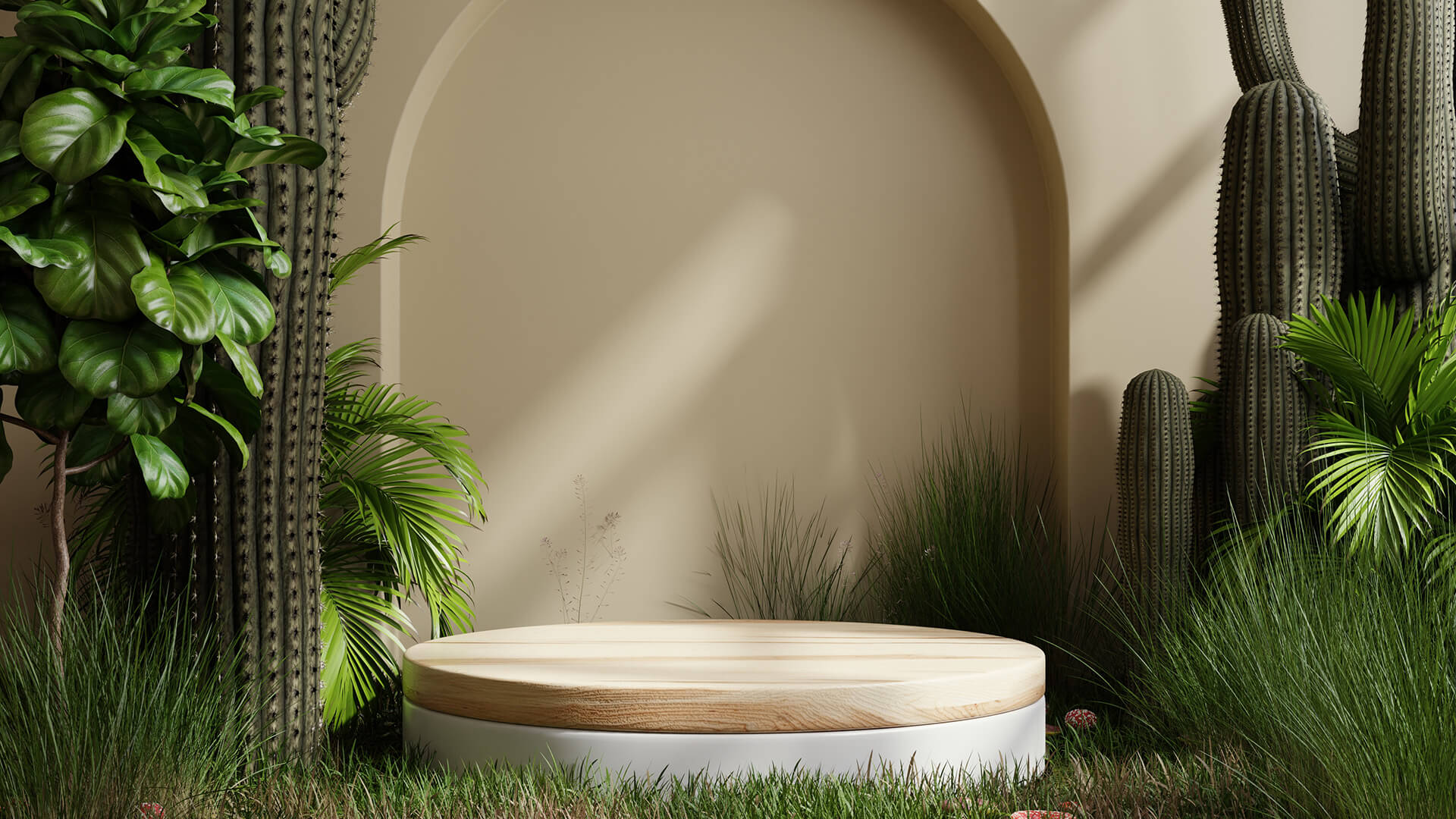
Reality with 3D models has now become a part of today's digital world. With the spread of this technology, 3D Modeling has developed rapidly and brought various values to brands. Thanks to the integration of augmented reality technology and 3D modeling, which has gained popularity in recent years and will continue to increase in the coming years, product groups have gained a more realistic appearance. With this technology, which has gained a different dimension in the digital world, more data has started to reach more people quickly.
The main purpose of reality with 3D models is to provide the user with a realistic view of real-world objects in terms of color, shape and many more. For this purpose, it is tried to increase the reality by using some techniques such as lighting, shading and image processing. For example, let's consider a design ring model. A gold-plated silver ring with a shamrock motif. This ring is drawn digitally by skilled 3D modelers. In 3D modeling, the effect values determined in the program vary according to the type of product (casting, metal, etc.). The appearance of the product (such as whether it is matte or glossy) is also taken into account in order to achieve the desired reality. Therefore, as a result of fine adjustments such as percentage values and intonations, which contain these and many similar details, reality is captured with 3D models. Now we can rotate and zoom this 3D model using augmented reality. You can easily notice the shine given by the gold plating, and you can see that the reflections and shadings that occur as you rotate it almost exactly reach the realistic appearance. Likewise, it is quite possible with 3D modeling to reflect the real image of the clover motif on it. You can examine very clearly the stones on the motif and even the cavities where the stones are located.
Let's move on from home textiles by diversifying our example. It is our tradition to carefully set up tables for many celebrations, from family tables to New Year's tables and invitation dinners. Various types of tablecloths are used at these tables where pleasant times are spent. However, when we try to choose tablecloths online, we have concerns about the structure, texture, color of the fabric, whether it will be exactly as in the image, and many more. At this point, providing reality with 3D models gives the user answers to their questions and more. A 3D model of the tablecloth is being designed. Its structure, size, patterns on it and even the transitions between the loops can be seen very clearly with 3D modeling. The user positions the 3D model of the tablecloth on his desk using augmented reality. He can decide in seconds whether it suits his taste and preference, and whether its size is larger or smaller than his desk.
Thanks to the 3D modeling technology, which brings the product together with a realistic appearance in the three-dimensional plane, we can see that the decision-making times of the end users are reduced and there is less demand in the return section. Capturing reality with 3D models, which act as a bridge between the digital world and the real world, brings an increase in customer satisfaction. Custivo, an augmented reality infrastructure provider, offers its customers the opportunity to create their own tastes and preferences from their location with product personalization, helping them to better understand products and make better choices.